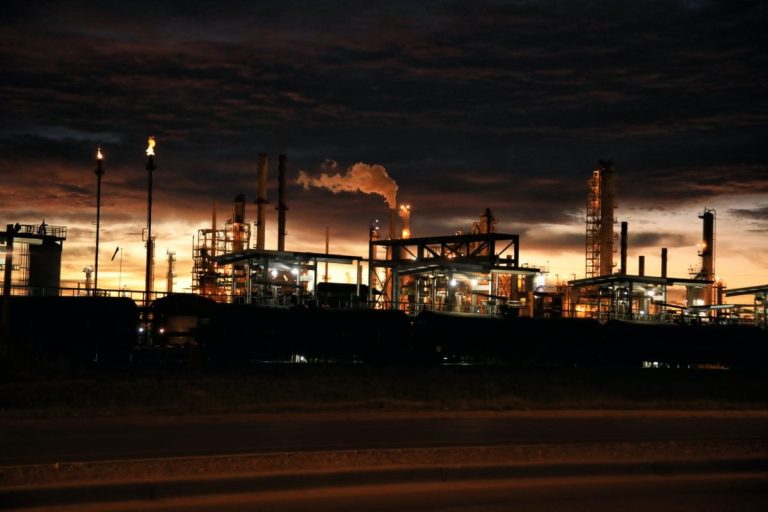In a surprising turn of events, Saudi Arabia's state-owned oil company, Aramco, announced the suspension of its plans to expand crude oil production capacity. This decision, under the guidance of the Saudi Ministry of Energy, represents a major shift in the global oil landscape, impacting market dynamics and long-term investment strategies.
Disclosure of Aramco's decision
Aramco, which went public in 2019, revealed on Tuesday its commitment to the ministry's directive to maintain maximum sustainable capacity (MSC) at the current level of 12 million barrels per day. This step abandons the previous plan to increase it to 13 million barrels per day by 2027. Although Aramco did not specify the reasons for this decision, it intends to provide more details in March 2023 when it announces the results for the full year.
Oil prices and global concerns
After this announcement, there was a slight increase in oil prices. Brent crude prices for March delivery rose by 0.24%, reaching $82.60 per barrel. West Texas Intermediate crude futures for March delivery rose 0.35% to $77.05 a barrel. This development occurs amid growing concerns about the future demand for oil globally, especially with the ongoing global shift towards decarbonization affecting fossil fuel investment projects.
Saudi Arabia's decision to halt increasing its production capacity comes amid a global shift and the country's own efforts at economic diversification. Through the Vision 2030 program, the Kingdom of Saudi Arabia aims to reduce its dependence on oil and gas revenues. Critics point out that the move is in line with OPEC+'s strategy, led by Saudi Arabia, to balance traditional energy sources with renewable alternatives so that the latter can adequately meet global demand. This raises questions about the long-term viability of such a strategy.
As Aramco adapts to global pressures and Saudi Arabia seeks to diversify its economy, the future direction of the oil market remains in flux. The decision to limit production underscores the complex interplay between immediate economic interests and the need to adapt to the evolving global energy landscape.

